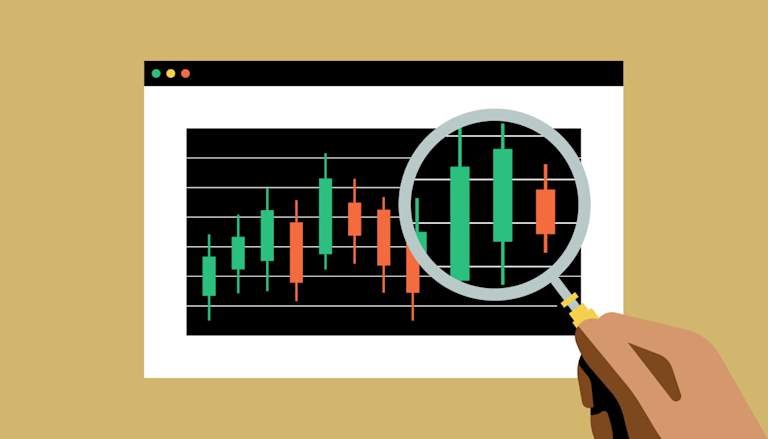
Understanding Crypto Trading Trend Signal and Its Impact on Your Investments
In the ever-evolving world of cryptocurrency trading, understanding the concept of a Crypto Trading Trend Signal visit website is essential for traders who seek to capitalize on market movements. This article explores what crypto trading trend signals are, how they function in the market, their types, and effective strategies for utilizing them in your trading activities.
What is a Crypto Trading Trend Signal?
A crypto trading trend signal is a specific indicator that helps traders determine the direction of price movements within the cryptocurrency market. Unlike traditional stock markets, the crypto market can be more volatile, making it crucial for traders to rely on accurate and timely signals to make informed decisions.
Types of Trend Signals
Trend signals can be categorized into several types depending on the analysis methods used. The most common types include:
- Technical Analysis Signals: These are derived from historical price data and trading volume. Tools like moving averages, RSI (Relative Strength Index), and MACD (Moving Average Convergence Divergence) are commonly used.
- Fundamental Analysis Signals: This involves analyzing external factors that could influence crypto prices, such as news events, regulatory changes, and technological advancements.
- Sentiment Analysis Signals: This method gauges traders’ emotions and sentiments around specific cryptocurrencies to predict price movements.
How Do Crypto Trading Trend Signals Work?
Crypto trading trend signals work by analyzing past price movements and other relevant data to identify patterns and predict future price actions. Here’s a breakdown of how they function:
1. Data Collection
To generate trend signals, traders collect data from various sources—historical prices, trading volume, market news, and social media sentiment.
2. Signal Generation

Once the data is collected, traders employ specific algorithms or analysis techniques to generate signals. For instance, a moving average crossover occurs when a short-term average crosses above a long-term average, signaling a potential buy opportunity.
3. Interpretation and Action
After receiving the signals, traders interpret them and decide whether to buy, sell, or hold their positions. Effective interpretation is key, as false signals can lead to losses.
Strategies for Utilizing Crypto Trading Trend Signals
Employing trend signals can greatly enhance trading success when combined with sound strategies. Here are several approaches:
1. Combine Multiple Signals
Relying on a single indicator can be risky. Combining multiple trend signals provides a clearer market picture by confirming each other’s indications. For example, if a moving average indicates a bullish trend and the RSI indicates oversold conditions, a trader might consider this a strong buy signal.
2. Set Stop-Loss Orders
It’s vital to protect investments by setting stop-loss orders, which automatically sell a cryptocurrency when it reaches a certain price. This strategy safeguards against losses in case the market turns against a trader.
3. Stay Updated with Market News
Market news can significantly impact trends. Awareness of current events allows traders to contextualize their signals and adjust their strategies accordingly. Traders should subscribe to credible news sources and reports to stay informed.
4. Practice Risk Management

No matter how reliable a trend signal appears, there is always the possibility of loss in trading. Risk management techniques, such as diversifying investments and not risking more than a specific percentage of capital on a single trade, can safeguard against significant losses.
Challenges in Using Crypto Trading Trend Signals
While crypto trading trend signals can be invaluable, they also come with challenges:
1. Volatility
The crypto market is known for its high volatility, which can lead to false signals. Traders should be cautious and confirm signals through multiple indicators.
2. Delay in Confirmation
Some signals can be lagging, meaning they follow price movements rather than predict them. This delay can result in missed opportunities or late entries into trades.
3. Overfitting Models
Traders sometimes over-optimize their trading models on historical data, which may not work effectively in live trading conditions. It’s essential to keep models adaptive and flexible for changing market dynamics.
Conclusion
Understanding and utilizing Crypto Trading Trend Signals is a critical element for traders aiming to achieve successful outcomes in the volatile cryptocurrency market. By recognizing the various types of trend signals, leveraging effective strategies, and being aware of potential challenges, traders can make informed decisions that enhance their trading performance. As the crypto landscape continues to evolve, ongoing education and adaptation will be indispensable for anyone looking to thrive in this exciting market.
In summary, navigating the world of crypto trading requires a multifaceted approach. By integrating trend signals with continuous learning and strategic planning, traders can position themselves more effectively within the market and maximize their potential for success.
